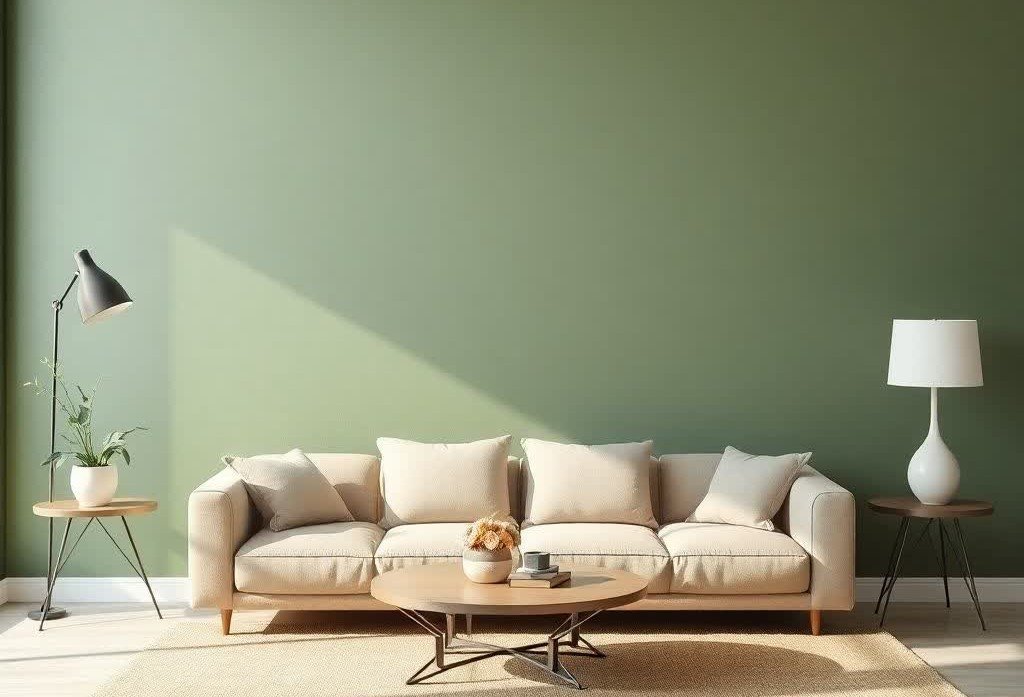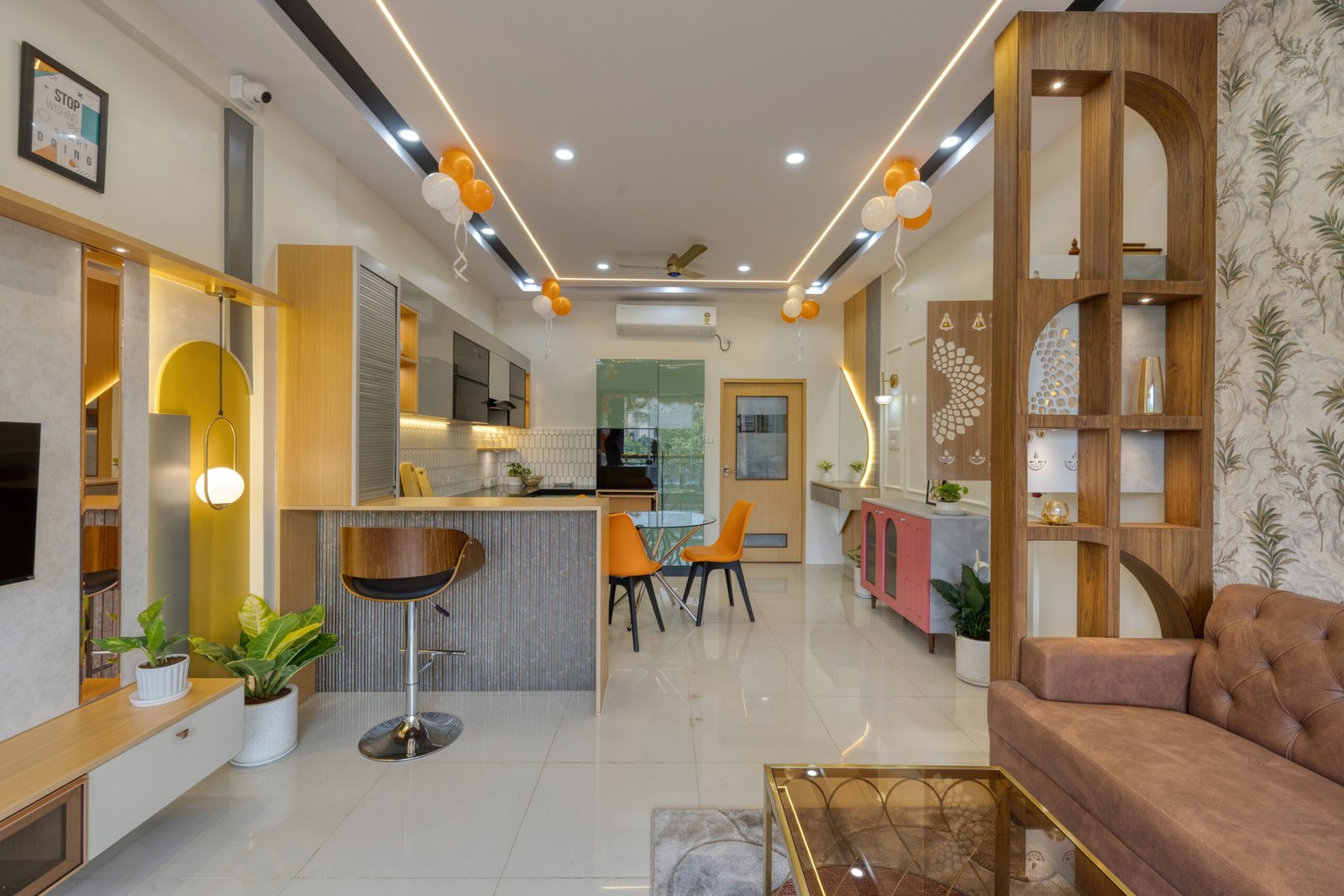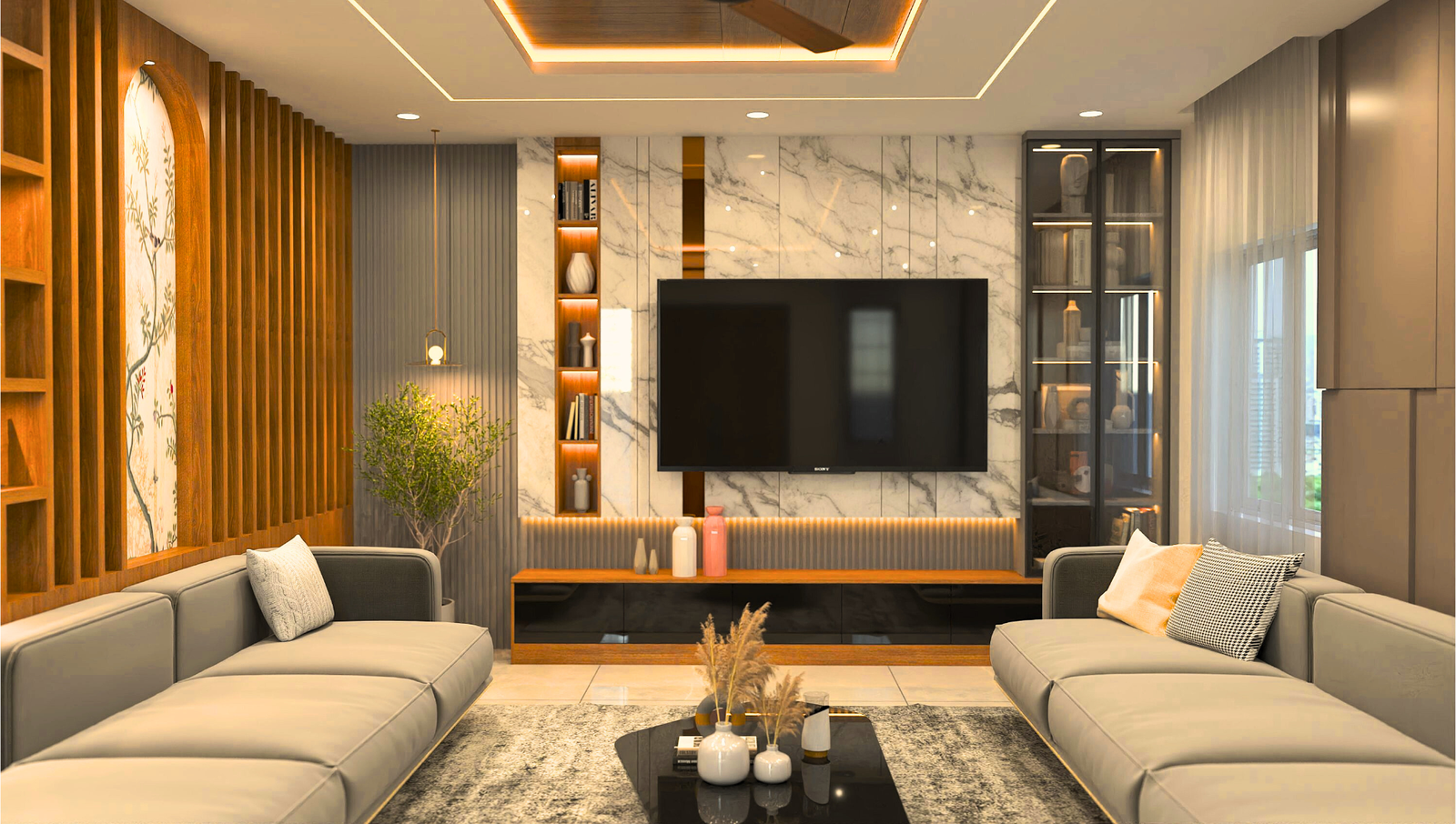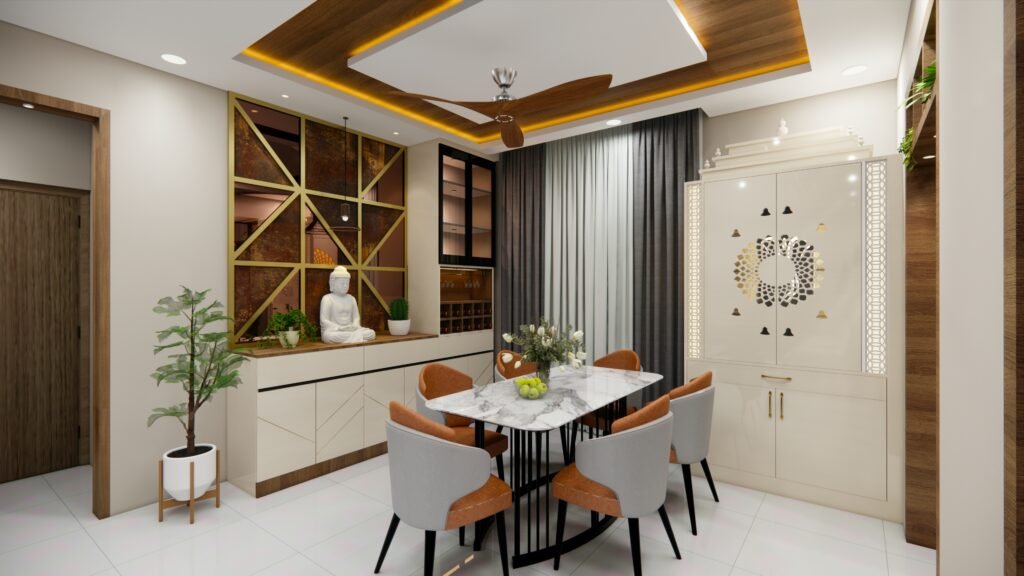
The Importance of a Crockery Unit in Interior Design
A crockery unit serves a pivotal role in interior design, combining functionality with aesthetic appeal. This piece of furniture is not only a practical storage solution for dinnerware and glassware but also a stylish accent that can elevate the atmosphere of both dining and living spaces. With varying designs available, a well-crafted crockery unit can complement numerous interior styles, from modern minimalism to classic elegance, thereby enhancing the overall harmony of a room.
The functionality of a crockery unit extends beyond mere storage. It provides easy access to essential dining items, making meal preparation and hosting more efficient. Many designs include shelves, drawers, and display cabinets, allowing for organized arrangement of crockery while also showcasing beautiful pieces. This opportunity for display transforms an ordinary collection of dishes into a curated exhibit, adding personality and charm to the room.
Moreover, a stylish crockery unit can serve as a focal point, drawing the eye and prompting conversation. When strategically placed, it can help define an area within an open floor plan, contributing to the spatial flow of the interior. For instance, a vintage wooden unit can enhance a rustic theme, while a sleek glass cabinet can underscore a contemporary look. By selecting a crockery unit that aligns with the chosen interior style, homeowners can ensure that the piece marries functionality with design seamlessly.
In summary, a crockery unit embodies the perfect blend of practicality and style in interior design. This dual role allows it to contribute significantly to enhancing the aesthetic and functional attributes of any home, creating a stylish and efficient living environment for family gatherings and social occasions.
Creating a Functional and Stylish Space
A crockery unit plays a pivotal role in blending practicality with elegance in a home setting. Its primary function is to provide efficient storage for dishes, glassware, and fine china, yet its design can elevate the overall aesthetic of any room. When selecting a crockery unit, it is essential to consider various design types that cater to individual tastes and preferences. From modern minimalist styles that embrace clean lines and understated beauty to ornate vintage units that showcase intricate detailing and craftsmanship, there is a wide array of choices available.
The design of the crockery unit should harmonize with the existing decor to create a cohesive look. For modern interiors, a sleek lacquered finish in neutral colors such as white, gray, or black can enhance the space’s contemporary vibe. Alternatively, individuals leaning toward a more traditional appearance might opt for a richly stained wooden unit that exudes warmth and character. Each design type can significantly impact the overall ambiance, emphasizing the importance of choosing wisely.
Furthermore, considering the size of the crockery unit is crucial in ensuring functionality without overwhelming the space. A more compact design can be ideal for smaller rooms, while larger units provide ample space for showcasing an extensive collection of dinnerware and decorative items. In addition to size, the color of the crockery unit should complement other furnishings and decor elements in the area. Thoughtful integration of color and design can result in a stunning focal point that not only serves a purpose but also enhances the visual appeal of the environment.
Ultimately, a well-chosen crockery unit reflects personal style while prioritizing practicality. By carefully selecting the right design, size, and color, homeowners can create spaces that are not only functional but also exude elegance and sophistication.
Maximizing Space and Versatility
In contemporary interior design, maximizing space is a crucial consideration, especially in compact homes where every square foot counts. A crockery unit serves as an excellent solution for achieving this goal while adding an aesthetic touch to living spaces. One of the most effective strategies for utilizing limited space is the incorporation of wall-mounted and corner crockery units. These designs capitalize on vertical storage, allowing homeowners to take advantage of high walls while keeping the floor area unencumbered. Wall-mounted units can be installed at various heights, providing flexible options for displaying fine china, glassware, and decorative items, ultimately enhancing both functionality and style.
Furthermore, corner units have gained popularity for their ability to transform often overlooked spaces into valuable storage solutions. Typically designed to fit snugly into the corner of a room, these units maximize corner areas, making them ideal for small kitchens or dining areas. By utilizing corners effectively, crockery units can help maintain an uncluttered environment while showcasing treasured items.
Another remarkable facet of modern crockery units is their multi-purpose capabilities. Beyond the traditional role of storing dishware, these units can be creatively repurposed as bar stations or buffet counters. For instance, a stylish crockery unit can double as a bar unit, accommodating bottles, glassware, and mixology tools, serving guests in a social setting. Additionally, when entertaining, they can function as buffet counters, enabling the display of food items while maintaining an elegant look. The versatility of such units ensures they remain functional in various scenarios, adapting seamlessly to different lifestyles and occasions.
Ultimately, a well-chosen crockery unit enhances storage solutions and promotes an organized, refined aesthetic, making it an invaluable addition to any home.
Choosing the Right Materials and Customization Options
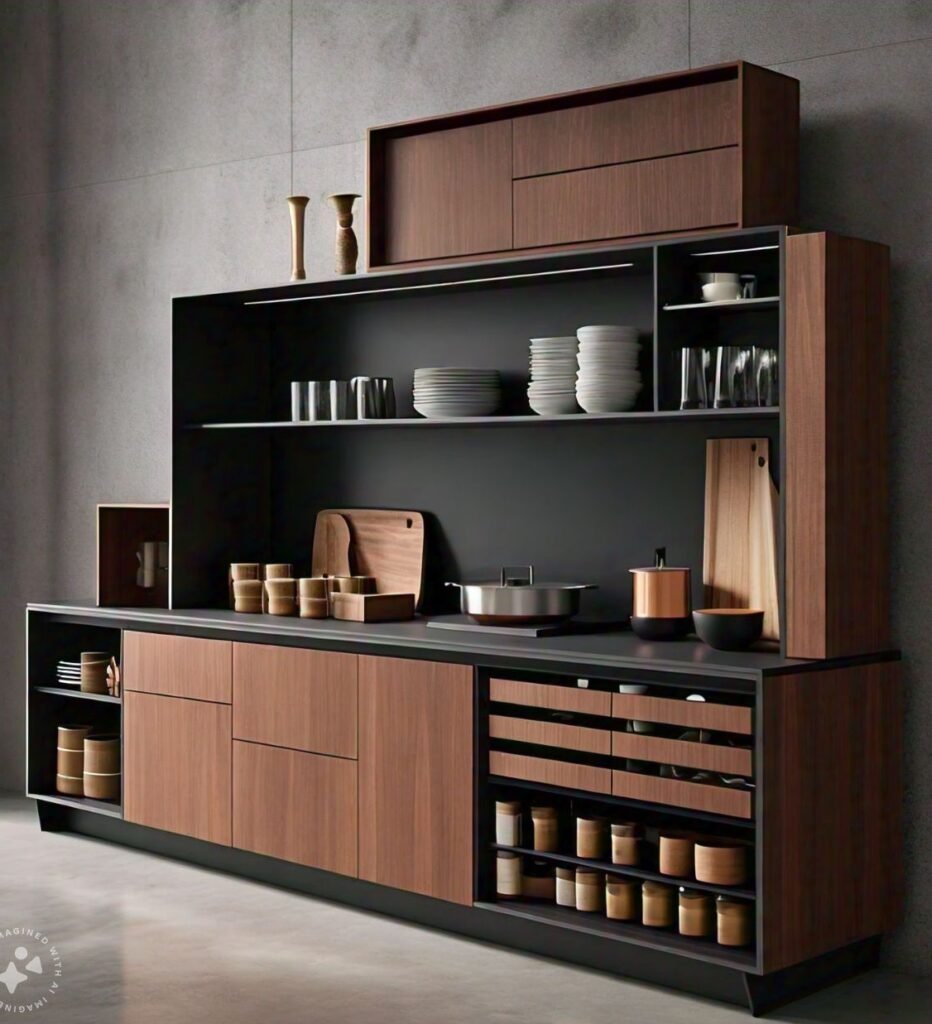
When selecting a crockery unit, the choice of materials is paramount to ensuring that the piece complements the existing décor of your home. Various materials are available, each bringing its unique attributes and aesthetic appeal to the table. Wood, for example, is a classic choice known for its durability and warmth. It offers an array of finishes, from rich mahogany to light oak, allowing homeowners to select hues that best match their interior design schemes. Glass is another popular material, often used for its sleek appearance and ability to showcase beautiful dishware. Glass-fronted cabinets not only create an elegant look but also make it easy to display cherished collections.
Metal elements, such as stainless steel or wrought iron, can add a contemporary flair to a crockery unit, enhancing any modern home design. In contrast, laminate provides a budget-friendly option that mimics the appearance of more expensive materials. It offers a variety of colors and patterns, making it possible to create a personalized look without compromising quality. Moreover, acrylic is gaining popularity due to its lightweight nature and versatility. It works well in smaller spaces, offering a contemporary and stylish solution for those looking to maximize their area.
Customization is an equally important aspect when designing a crockery unit. Tailoring features such as size, shelving variations, and color can significantly affect how well the unit integrates into your home. For instance, measuring the available space accurately ensures that the unit fits perfectly. Custom shelves can accommodate various crockery sizes, allowing you to create a functional display while prioritizing aesthetics. Additionally, choosing specific colors or finishes can help the unit blend seamlessly with your furniture while reflecting your personal style. Features like adjustable shelves or integrated lighting can further enhance functionality and beauty. Crafting a customized crockery unit guarantees a harmonious match for any living space.



